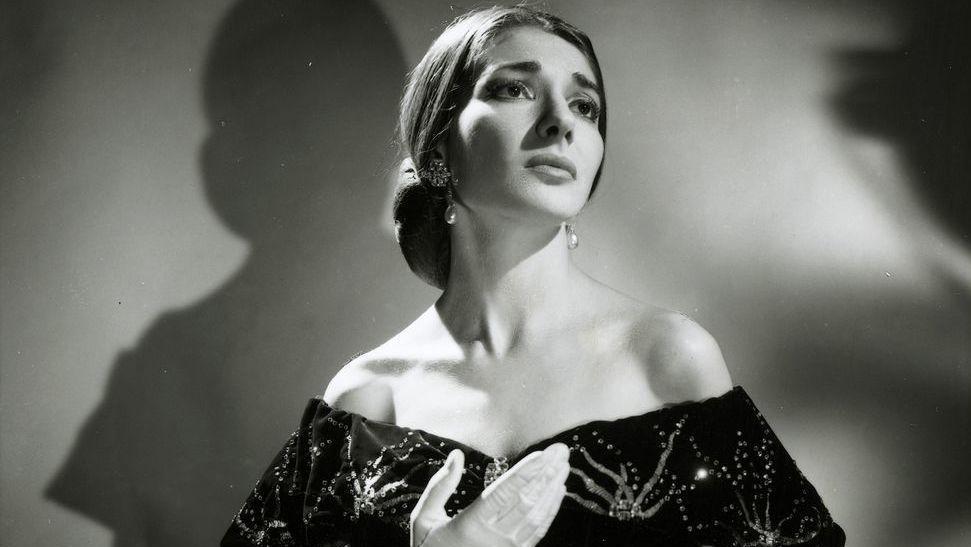Stefano Marchetti
Even sequins speak, even the rustle of taffeta and precious embroidery on velvet tiaras. When we talk about “diva”, we almost always mean a fickle and capricious prima donna, a lady of the inaccessible Olympus. But – if we try to change our point of view – a diva is a woman who wants to assert her identity in a complex world and does this by the power of her image, because “when a man speaks his mind, he is a man.” : when a woman does it, she just f***s,” said Bette Davis, the first woman to become president of the Oscar Academy, with sharp bitterness.
Even then, being a diva expressed a desire to have a say: today, more than ever, it means placing your fame at the service of social or environmental causes, from feminism to the struggle for rights. “And here we really want to tell the story of legendary performers who have challenged the status quo with their creativity, courage and ambition,” explains Kate Bailey, Curator of Diva, Exhibition of the Year in London. Until April 7, 2024, the Victoria and Albert Museum will feature 60 extraordinary stage costumes and 250-piece costumes, from delicate accessories to photographs taken on set, that redefine the diva’s figure and “her ability to transform,” adds the curator. .
It was the French poet Théophile Gauthier, a great admirer of Carlotta Grisi, the romantic dance star of the first half of the 19th century, who coined the term “diva” to designate an artist of almost supernatural skill and charm.
And the exhibition (which can be visited with special immersive headphones) is divided into two acts, just like a show: the first is dedicated to the pioneers of bel canto, such as Adeline Patti, a soprano with Italian roots from the second half of the 19th century, very famous in the UK and the ladies of the stage and big screen , from Sarah Bernhardt to Vivien Leigh or Marilyn Monroe, and “the other half” takes us to the present, where celebrities – from Aretha Franklin to Nina Simone to Lady Gaga – also acted as carriers of civil suits.
Many divas have had to struggle to establish themselves and emancipate themselves in a still-male star system, others (think Grace Jones or Annie Lennox) have broken down the barriers of conventional wisdom and prejudice. Today, the term “diva” – like society as a whole – is increasingly fluid: Elton John is also a “diva” who wore the Sun King look for his 50th birthday, complete with a high wig and train designed by costume designer Sandy Powell. ; Prince was also a “diva” in his New Romantic shoes, RuPaul was a “diva”, a drag queen who was admired.
Of course, as the New York Times also notes, the concept of “diva” remains a controversial concept “that has never lost its meanings of misbehavior, recklessness and arrogance.” “But I think diva means the power of your voice and the ability to fight to make your voice heard,” repeats the great Shirley Bassey, who is present at the exhibition in a pink haute couture dress created for her by Julien MacDonald in 2007. .
Among the gems of the exhibition are the Norma costume worn by Maria Callas at the Royal Opera House in 1952, and the precious rhinestone-studded chiffon dress of the unforgettable Jessie Norman or Marilyn’s iconic fringed gown in Some Love. it’s hot, and the clothes of two historical Cleopatras, Theda Bara (who in 1917 played the queen of Egypt in a film that has since been lost) and Liz Taylor. And then the “flaming dress,” the flamboyant dress that seer Bob Mackie designed for Tina Turner in 1977, and Cher or Rihanna’s pompous Met Gala outfits: a far cry from Edith Piaf’s stark little black tassel-lined dress at the sides. and cosmetic bag. Each time has its own diva, but divas know how to “listen” to time. And also change them.

